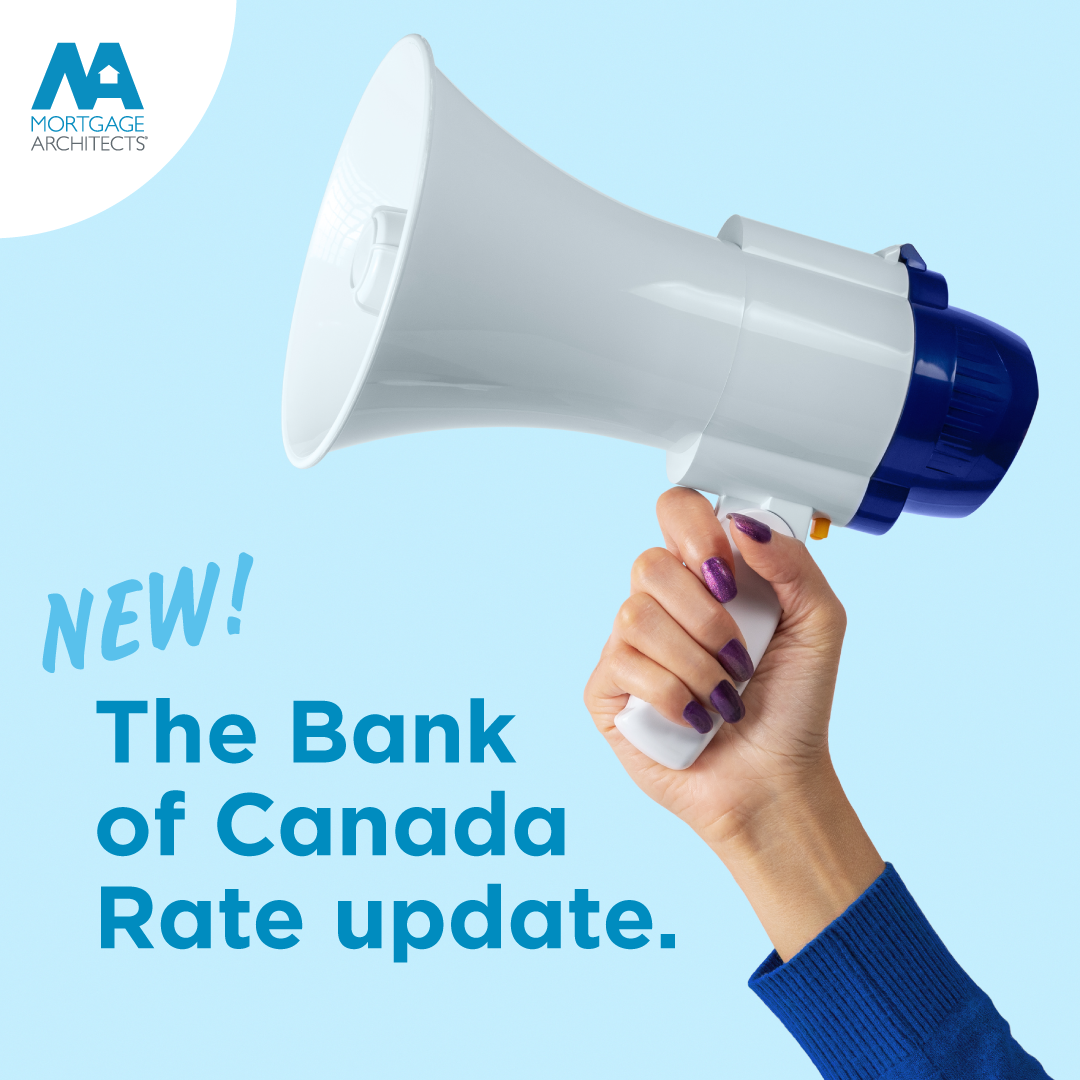
This week Trump made an accusation on social media that “Canada doesn’t even allow U.S. Banks to open or do business there.”
US subsidiaries and branches represent half of all foreign bank assets in Canada, once fact checked with the Association representing bankers in Canada.
There are 16 US based bank subsidiaries and branches with around $113 billion in assets currently operating in Canada. These banks specialize in a range of financial services, including corporate and commercial lending, treasury services, credit card products, investment banking and mortgage financing. They serve cross-border business activities, but also the domestic retail market.
Under the Canadian Bank Act, there are several key provisions that govern how foreign banks, including American banks, can operate in Canada. The rules are designed to ensure that foreign banks comply with Canadian regulations while maintaining the stability of Canada’s financial system. Here’s an overview of the main rules and requirements for American banks (and other foreign banks) to conduct business in Canada:
American banks wishing to operate in Canada have two primary options:
American banks wishing to establish a branch or subsidiary in Canada must be granted permission by the Office of the Superintendent of Financial Institutions (OSFI), which regulates the financial industry in Canada. OSFI will assess factors such as the foreign bank’s financial strength and regulatory history to determine eligibility.
Foreign banks that operate branches in Canada must maintain certain capital reserves, which are subject to OSFI’s oversight. The capital requirements are generally aligned with the standards set by the Basel III international banking regulations, which aim to enhance the stability of the global financial system.
Foreign banks must comply with Canadian laws, including:
The OSFI supervises all banks operating in Canada, including foreign banks. Foreign branches are subject to the same regulatory supervision as Canadian institutions in many respects, including stress testing, audits, and risk management practices. The Canadian regulatory framework also monitors the foreign parent institution to ensure it is financially sound.
Foreign banks operating in Canada are subject to Canadian tax laws, which may differ from those in their home country. These banks are required to file taxes on any income they earn in Canada, and they may also need to follow specific tax rules regarding cross-border transactions.
If an American bank seeks to acquire a Canadian bank or merge with one, it must adhere to the Investment Canada Act and receive approval from Canadian authorities. This act evaluates whether the acquisition is likely to result in a "net benefit" to Canada.
Foreign banks that wish to offer services such as foreign exchange or cross-border payments must also comply with Canada’s financial market regulations, including those related to the Bank of Canada and other market participants. They may be subject to additional reporting requirements, especially in cases of large international money transfers.
American banks can operate in Canada, but they must comply with a set of regulations designed to protect Canadian consumers, ensure financial stability, and maintain the integrity of Canada’s financial system. These regulations govern the structure of the bank (branch vs. subsidiary), capital requirements, consumer protection, and operational conduct.
The process of entering the Canadian market requires careful adherence to both Canadian federal laws and international banking standards. If an American bank wishes to establish a presence in Canada, it is crucial to work with legal and regulatory experts familiar with both the Canadian Bank Act and the relevant Canadian financial laws.

Inflation, labour market and Trump threats all hovered over central banks’ January decision.
The Bank of Canada has lowered its benchmark rate again, making a sixth consecutive cut amid continuing signs of a slowing economy and falling inflation.
The central bank said on Wednesday morning that it had trimmed the key rate by 25 basis points, a move that brings it to 3% but also marks a smaller reduction than its previous two cuts.
That decision arrives after the annual inflation rate dropped to 1.8% in December, just below the Bank’s 2% target, spurred in large part by the federal government’s temporary GST break.
Without that tax break, overall inflation would have jumped to 2.3% – but while the labour market appeared to strengthen in December, adding a better-than-expected 91,000 jobs, the threat of tariffs on Canada by new US president Donald Trump kept a January rate cut firmly on the table.
Bank decisionmakers slashed rates by 50 points in both October and December, with governor Tiff Macklem describing Trump’s tariff threats as a “major new source of uncertainty” last month and underlining the potential they posed for significant disruption to both the US and Canadian economies.
The Bank of Canada’s benchmark rate has now fallen by a full two percentage points since the middle of last year. The central bank introduced a flurry of rate hikes throughout 2022 and 2023 in a bid to curb a spike in inflation – and after holding that rate steady at 5.0% for nearly a year, its highest level since 2001, it began cutting last June.

As the new year approaches, it's a natural time to reflect on our personal goals and set resolutions for the months ahead. Your home and finances are key areas where small, intentional changes can lead to big improvements in security, stability, and quality of life. Here are some resolutions to get you started!
A well-planned budget is essential for financial peace of mind. Whether you're new to budgeting or want to refine your approach, creating a realistic budget helps prioritize spending, track bills, and put money toward meaningful goals.
Building home equity is a key path to increasing net worth. Whether you're planning to sell or stay in your home long-term, building equity can offer financial flexibility and security.
Paying down debt (especially after the holidays!) can help free up cash flow. It is key to focus on high-interest debts first, such as credit cards, to maximize your payments.
Saving on energy costs can have a significant impact on your budget, especially in colder or warmer months. Simple changes around the home can save you money while benefiting the environment!
Insurance is a key element of financial security, but it’s easy to forget about it until something goes wrong. As you head into the new year, this is a great time to make sure you’re fully covered!
Setting resolutions for your home and finances doesn’t have to be daunting! Start with small, actionable goals to help transform your finances - and your mindset - for 2025!

Decluttering can bring a sense of calm and order to your space, especially as the holiday season approaches. Here are some practical tips to help get organized:
These tips can help you create a cleaner, more peaceful environment and build habits to stay organized in the long term. Happy decluttering!

Ottawa, Ontario
December 11, 2024
The Bank of Canada today reduced its target for the overnight rate to 3¼%, with the Bank Rate at 3½% and the deposit rate at 3¼%. The Bank is continuing its policy of balance sheet normalization.
The global economy is evolving largely as expected in the Bank’s October Monetary Policy Report (MPR). In the United States, the economy continues to show broad-based strength, with robust consumption and a solid labour market. US inflation has been holding steady, with some price pressures persisting. In the euro area, recent indicators point to weaker growth. In China, recent policy actions combined with strong exports are supporting growth, but household spending remains subdued. Global financial conditions have eased and the Canadian dollar has depreciated in the face of broad-based strength in the US dollar.
In Canada, the economy grew by 1% in the third quarter, somewhat below the Bank’s October projection, and the fourth quarter also looks weaker than projected. Third-quarter GDP growth was pulled down by business investment, inventories and exports. In contrast, consumer spending and housing activity both picked up, suggesting lower interest rates are beginning to boost household spending. Historical revisions to the National Accounts have increased the level of GDP over the past three years, largely reflecting higher investment and consumption. The unemployment rate rose to 6.8% in November as employment continued to grow more slowly than the labour force. Wage growth showed some signs of easing, but remains elevated relative to productivity.
A number of policy measures have been announced that will affect the outlook for near-term growth and inflation in Canada. Reductions in targeted immigration levels suggest GDP growth next year will be below the Bank’s October forecast. The effects on inflation will likely be more muted, given that lower immigration dampens both demand and supply. Other federal and provincial policies—including a temporary suspension of the GST on some consumer products, one-time payments to individuals, and changes to mortgage rules—will affect the dynamics of demand and inflation. The Bank will look through effects that are temporary and focus on underlying trends to guide its policy decisions.
In addition, the possibility the incoming US administration will impose new tariffs on Canadian exports to the United States has increased uncertainty and clouded the economic outlook.
CPI inflation has been about 2% since the summer, and is expected to average close to the 2% target over the next couple of years. Since October, the upward pressure on inflation from shelter and the downward pressure from goods prices have both moderated as expected. Looking ahead, the GST holiday will temporarily lower inflation but that will be unwound once the GST break ends. Measures of core inflation will help us assess the trend in CPI inflation.
With inflation around 2%, the economy in excess supply, and recent indicators tilted towards softer growth than projected, Governing Council decided to reduce the policy rate by a further 50 basis points to support growth and keep inflation close to the middle of the 1-3% target range. Governing Council has reduced the policy rate substantially since June. Going forward, we will be evaluating the need for further reductions in the policy rate one decision at a time. Our decisions will be guided by incoming information and our assessment of the implications for the inflation outlook. The Bank is committed to maintaining price stability for Canadians by keeping inflation close to the 2% target.
Information note
The next scheduled date for announcing the overnight rate target is January 29, 2025. The Bank will publish its next full outlook for the economy and inflation, including risks to the projection, in the MPR at the same time.

Refinancing your mortgage can be a smart financial move for many reasons, and as your trusted mortgage advisor, I’ve seen how much it can benefit homeowners!
Ideally, refinancing is done at the end of your mortgage term to avoid penalties, but the timing can vary depending on your goals. For some, it’s about unlocking the equity in their home to fund renovations or cover big expenses like college tuition. For others, it’s an opportunity to consolidate debt, lower their interest rate, or change up their mortgage product.
Let’s take a closer look at some of the ways refinancing your mortgage can help!
Consolidate Debt: When it comes to renewal season and considering a refinance, this is a great time to review your existing debt and determine whether or not you want to consolidate it onto your mortgage. In most cases, the interest rate on your mortgage is less than you would be charged with credit card companies or other forms of financing you may have. Plus, having all your debt consolidated into a single payment can keep you on track!
Unlock Your Home Equity: Do you have projects around the house you’ve been dying to get started on? Need funds for a large purchase such as a new vehicle or post-secondary education? When you are looking to renew your mortgage, it is a great opportunity to consider refinancing in order to take advantage of the home equity you have built up to help with these larger changes in your life!
Change Your Mortgage Product: Are you unhappy with your existing mortgage product? If you have a variable-rate or adjustable-rate mortgage, you may be considering locking it in at the lower rates. Alternatively, you may want to switch your current fixed-rate mortgage to a variable option with the interest rates expected to continue decreasing into 2025. You can also utilize your refinance to take advantage of a different payment or amortization schedule to help pay off your mortgage faster!
PLUS! Some latest changes by the Government of Canada will make it even easier for you when it comes to your renewal and refinancing options:
Those of you who may have an uninsured mortgage will no longer have to pass the stress test as of November 21st. This means that you have more flexibility when it comes to rates and mortgage products in renewal or refinance cases in cases where you wish to switch lenders without adding additional funds to your mortgage!
Beginning January 15, the federal government will allow default-insured mortgages to be refinanced to build a secondary suite. If you’ve been considering adding a suite to your property, you may be eligible to access up to 90% of your home’s equity for this purpose.
No matter your plans or situation, please don’t hesitate to reach out to me for expert mortgage advice!

Looking for some creative and thoughtful DIY holiday gifting ideas that are easy to make and can add a personal touch to your gifts this season? These affordable, fun, and personalized options can suit anyone in your life – and they’ve never been easier to make!
The season of giving has never been easier with these affordable, fun and personalized gift ideas for all those special folks in your life!
